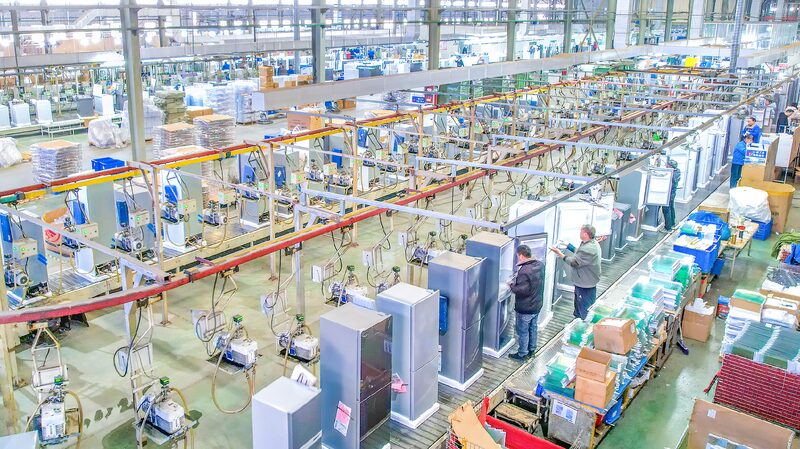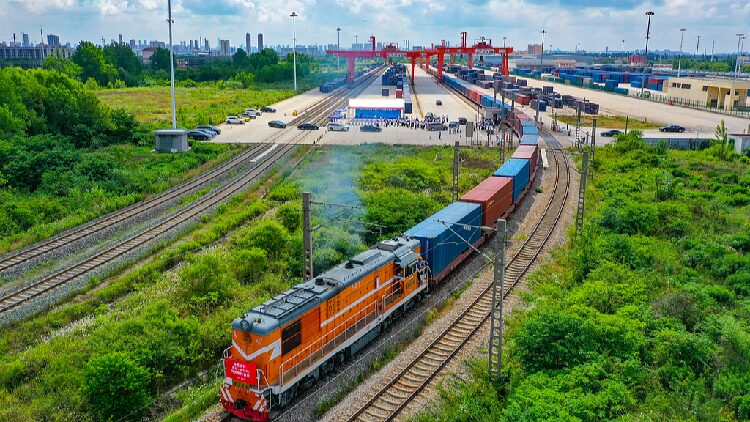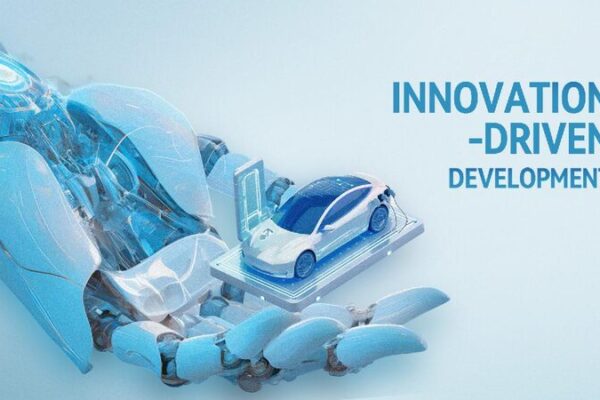China’s Innovation Surge: Climbing the Global Ranks
China has made a remarkable leap in global innovation rankings, soaring from 20th place in 2012 to 10th in 2024, according to a recent report by the Academy of Science and Technology for Development. This report, evaluating the innovation capabilities of 40 nations accounting for over 85% of global GDP, highlights China’s rapid ascent as unparalleled since 2012.
Several factors contribute to this impressive growth. Central to this progress is the Chinese government’s commitment to fostering innovation. Since 2012, China has prioritized becoming a science and technology powerhouse by 2035. In the most recent government work report, Chinese Premier Li Qiang emphasized innovation-driven development as a key priority, underscoring the need to integrate education, scientific and technological innovation, and talent cultivation.
China isn’t just setting goals—it’s taking action. The nation has been actively reforming its science and technology systems. This week, China unveiled a plan to enhance financial services for tech-based enterprises, aiming to bolster technology insurance services and promote collaboration between government agencies, tech firms, and financial institutions.
Investment in research and development (R&D) has also surged. China’s R&D expenditure surpassed 3.6 trillion yuan (approximately $494.69 billion) in 2024, making it the second-highest in the world. These investments are yielding tangible results.
The rapid development of artificial intelligence (AI) is a shining example. By 2024, China had nearly 200 operational generative AI models, serving over 600 million users. The country’s industrial robot installations make up more than half of the global total, and China is taking a leading role in establishing international standards for elderly-care robots.
In a groundbreaking move, China is set to launch the world’s first flying taxis. Chinese regulators granted approvals to EHang Holdings and Hefei Hey Airlines to operate autonomous passenger drones, paving the way for commercial passenger services like sightseeing tours. “The low-altitude economy is a new growth driver, and it will be an important engine to push the high-speed development of China’s economy,” said Cheng Bolin, vice-president of the low-altitude unit at the China Information Association.
Innovation is fueling China’s shift from the world’s factory to the world’s innovation hub. “We’ve seen developments across clean tech, artificial intelligence, as well as biopharmaceuticals that are all very encouraging,” noted Ben Simpfendorfer, a partner at consultancy Oliver Wyman. “China has been searching for a lever to improve productivity over the last 10 years and move on from old growth models. Artificial intelligence provides that lever.”
Despite these advances, China acknowledges there is more work to be done, especially in basic research. The government work report highlights the importance of reforming research institutes, exploring new models for national laboratories, and enhancing international and regional centers for technological innovation.
Chinese President Xi Jinping has emphasized that to become a science and technology powerhouse, China needs to produce groundbreaking innovations, exert global scientific influence, attract talent, and maintain world-class innovation governance.
As China continues on this path, its achievements are increasingly recognized by the international community, showcasing the nation’s dedication to innovation and its impact on the global stage.
Reference(s):
cgtn.com








